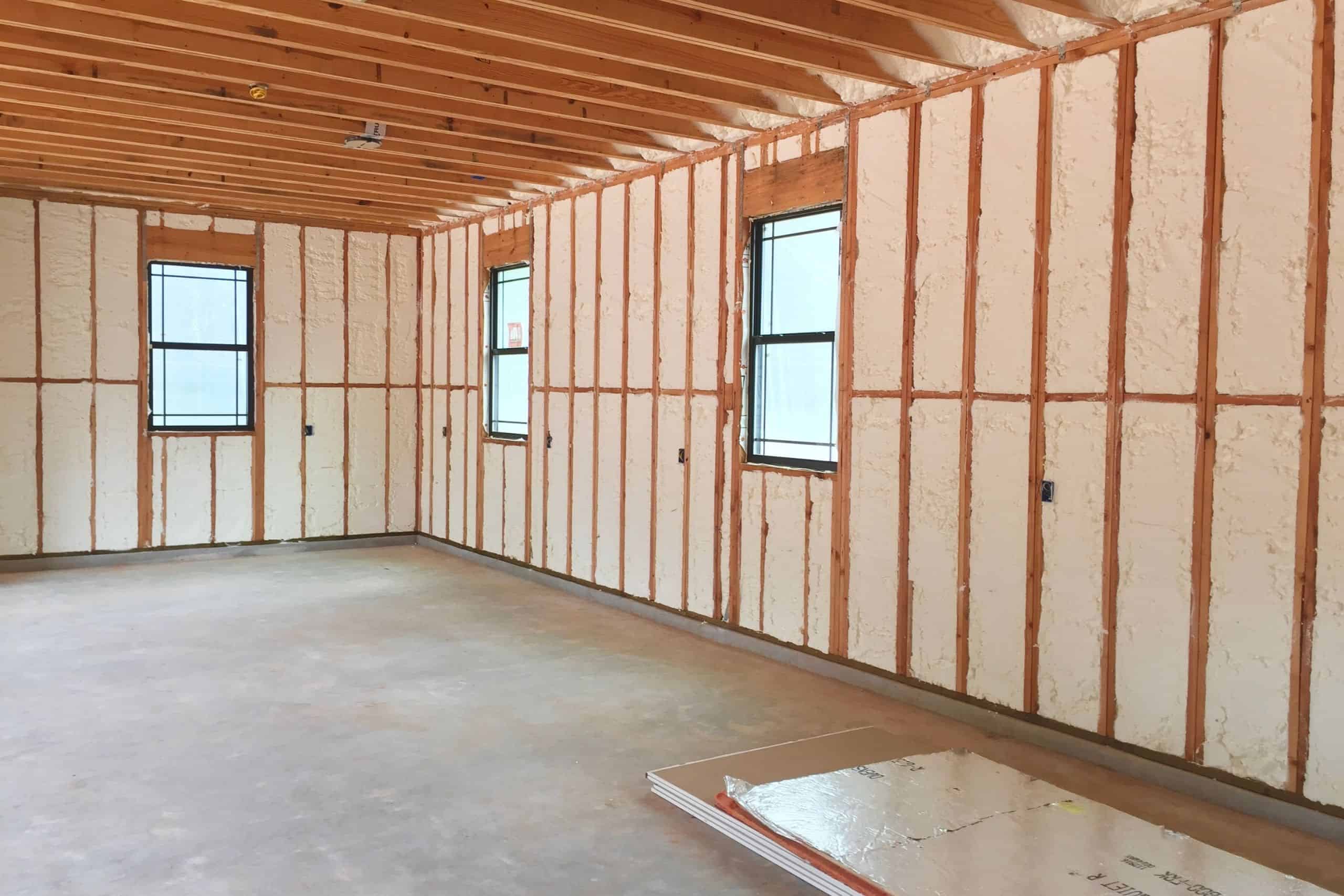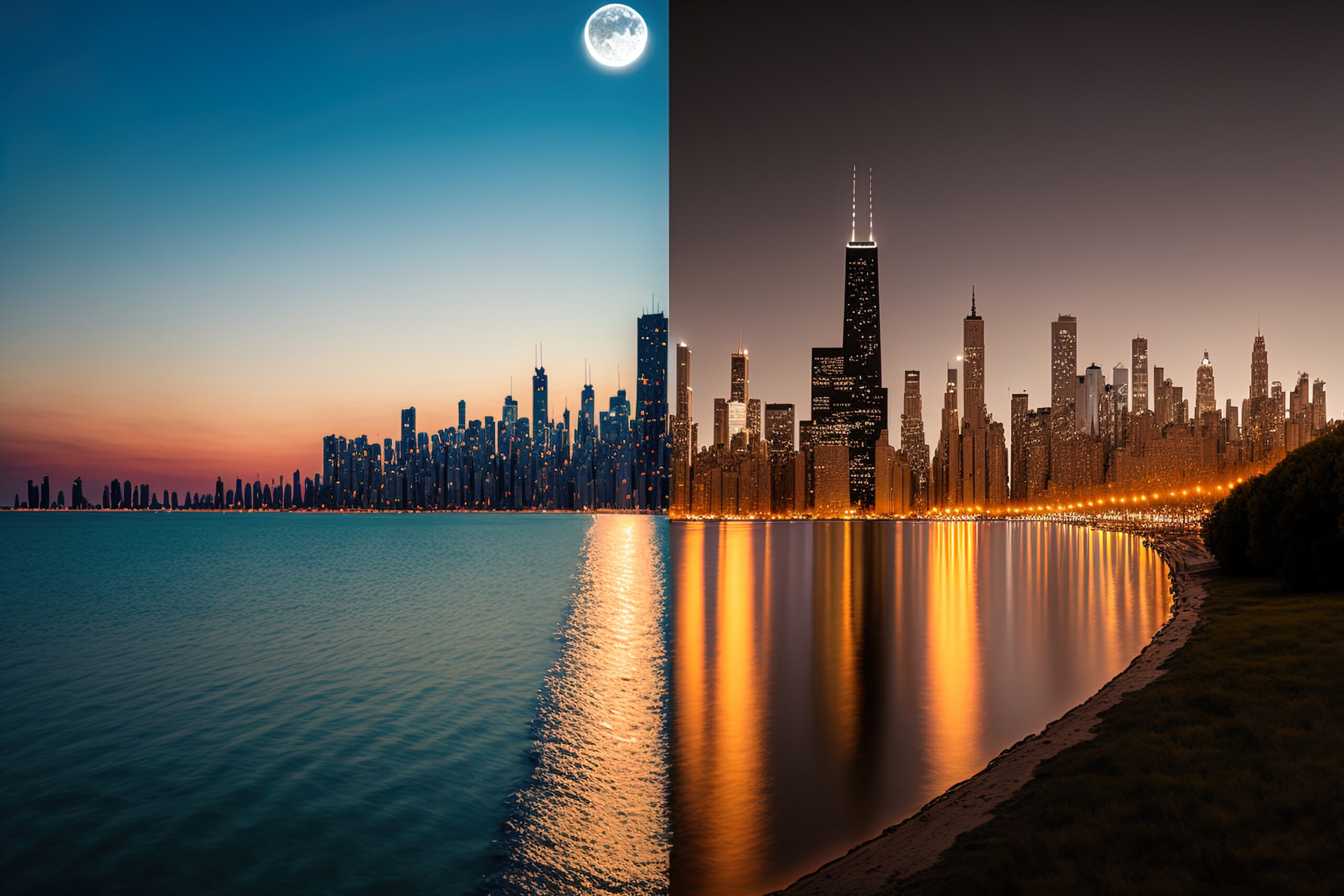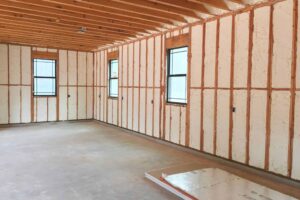Are V-Groove Wall Panels Sustainable? A Look at Eco-Friendly Options
When it comes to interior design and architectural features, V-Groove wall panels have made a serious comeback. Their timeless charm, clean lines, and versatility make them a go-to choice for homeowners, designers, and commercial property owners alike. But as more people look for environmentally responsible ways to decorate and build, the big question arises: Are V-Groove wall panels sustainable?
In this blog, we’ll explore the sustainability of V-Groove wall panels, what eco-friendly options are available, and how you can make greener choices without sacrificing style. Whether you’re outfitting a new home, remodeling a café, or updating your office space, this guide is packed with everything you need to know about sustainable V-Groove paneling.
What Are V-Groove Wall Panels?
Before we get into sustainability, let’s quickly review what V-Groove wall panels are.
These panels are made with interlocking edges that form a subtle “V” shape between boards when installed. They are known for their distinctive, shadowed seams and can be used for ceilings, accent walls, or full room treatments. Typically made from wood, MDF (Medium-Density Fiberboard), or PVC, V-Groove panels come in various finishes—painted, stained, or natural—and are often used to achieve a modern farmhouse, coastal, or cottage-style interior.
Why Sustainability Matters in Wall Paneling
Interior materials like wall panels may seem like small details, but they have a large environmental impact. Choosing sustainable materials helps reduce deforestation, energy consumption, and waste, while improving indoor air quality and contributing to healthier living and working spaces.
As sustainability becomes a growing priority among consumers and businesses, manufacturers have responded by offering greener alternatives. Luckily, V-Groove wall panels aren’t left behind in this eco-conscious shift.
Are Traditional V-Groove Wall Panels Eco-Friendly?
It depends on the material used and how the panels are manufactured.
1. Solid Wood Panels
Solid wood is a popular choice for V-Groove wall panels, especially in luxury homes and commercial interiors. But is it sustainable?
Pros:
- Wood is a renewable resource when harvested responsibly.
- It is biodegradable and recyclable.
- High-quality wood panels last for decades with proper care.
Cons:
- If not sourced from sustainable forests, logging can cause deforestation.
- Some wood treatments (like stains and sealants) may emit volatile organic compounds (VOCs), which affect air quality.
Tip: Look for panels certified by the Forest Stewardship Council (FSC) or Sustainable Forestry Initiative (SFI) to ensure the wood comes from responsibly managed forests.
2. MDF (Medium-Density Fiberboard) Panels
MDF is engineered from wood fibers and resins, and it’s one of the most common materials used for V-Groove panels.
Pros:
- Utilizes wood waste that would otherwise be discarded.
- Smooth surface is ideal for painting.
- Affordable and accessible.
Cons:
- Often made using formaldehyde-based adhesives, which can off-gas over time.
- Not biodegradable.
- Production involves energy-intensive processes.
Tip: Choose low-VOC or no-added-formaldehyde (NAF) MDF to reduce harmful emissions.
3. PVC and Plastic-Based Panels
Some modern V-Groove wall panels are made from PVC or other plastic materials.
Pros:
- Moisture-resistant and suitable for bathrooms and kitchens.
- Long-lasting and easy to clean.
Cons:
- Made from non-renewable petroleum-based products.
- Not biodegradable.
- Can release harmful toxins during production and disposal.
Bottom Line: If sustainability is your priority, avoid PVC-based V-Groove panels.
Eco-Friendly Alternatives for V-Groove Wall Panels
Let’s look at some sustainable options that allow you to enjoy the style of V-Groove wall panels without harming the planet.
1. Reclaimed Wood Panels
Reclaimed wood is salvaged from old buildings, barns, or factories and repurposed into new wall panels.
Benefits:
- Reduces demand for newly harvested timber.
- Has unique textures and rich character.
- Often FSC-certified or locally sourced.
Use Case: Perfect for rustic or industrial interiors that value character and history.
2. Bamboo Panels
Bamboo is technically a grass, but it grows incredibly fast and is often used as a wood alternative.
Benefits:
- Renewable and grows back in 3–5 years.
- Very strong and durable.
- Low environmental impact when harvested correctly.
Use Case: Works well in modern, tropical, or eco-conscious interior designs.
3. Recycled Wood Composite Panels
Made from post-consumer or post-industrial wood fibers, these panels are designed to look like solid wood but are more sustainable.
Benefits:
- Diverts waste from landfills.
- Reduces deforestation.
- Often comes in low-VOC or formaldehyde-free options.
Use Case: Ideal for residential and commercial settings looking for a wood-look panel with a lower footprint.
Green Certifications to Look For
When shopping for sustainable V-Groove wall panels, be sure to check for third-party certifications. These labels indicate responsible sourcing and safer materials.
- FSC (Forest Stewardship Council) – Ensures wood comes from responsibly managed forests.
- SFI (Sustainable Forestry Initiative) – Promotes responsible forestry practices.
- Greenguard Gold – Certifies products with low chemical emissions for better indoor air quality.
- LEED Credits – Panels that contribute to LEED certification can boost green building standards.
The Role of Finishes, Adhesives, and Paints
Even the most sustainable panels can become less eco-friendly depending on how they’re finished or installed.
Choose:
- Low-VOC Paints and Stains – Reduce harmful indoor air pollution.
- Water-Based Sealants – Safer than solvent-based finishes.
- Non-Toxic Adhesives – Look for glues labeled “low-VOC” or “zero-VOC.”
Installation Considerations
Eco-friendly installation practices also contribute to the overall sustainability of your wall panels.
- Minimize Waste: Use panels with precise cutting guides and templates to reduce scrap material.
- Energy Efficiency: Consider insulation behind the paneling to improve heating and cooling performance.
- Hire Green Contractors: Work with installers who understand and value eco-friendly practices.
Long-Term Sustainability: Maintenance and Lifespan
Sustainable doesn’t just mean how a product is made—it also includes how long it lasts.
V-Groove wall panels that are well cared for can last for decades. This reduces the need for replacement and cuts down on waste. Choose quality materials, clean them regularly, and repair rather than replace when possible.
Is It Worth Paying More for Eco-Friendly Panels?
Yes—and here’s why.
Although reclaimed wood or FSC-certified products might cost more upfront, they pay off in the long run. You’ll enjoy:
- Healthier indoor air
- Longer-lasting materials
- Lower carbon footprint
- Potential tax incentives for green building
More importantly, you’ll be contributing to a more sustainable future—without giving up the beauty and charm of V-Groove wall panels.
Final Thoughts
Are V-Groove wall panels sustainable? The answer depends on your choices. With so many environmentally friendly options available—reclaimed wood, bamboo, recycled composite, and low-VOC MDF—you can easily find a solution that meets both your aesthetic and eco-conscious goals.
Whether you’re renovating your home, upgrading a café, or outfitting an office, sustainable V-Groove wall panels are a stylish and responsible choice.
So go ahead, choose panels that reflect your taste and your values. Your walls—and the planet—will thank you.
FAQs
1. What is the most eco-friendly material for V-Groove wall panels?
Reclaimed wood and bamboo are among the most eco-friendly materials available. They are renewable, reduce waste, and typically require less energy to process.
2. Are MDF V-Groove panels safe for indoor use?
Yes, as long as you choose low-VOC or formaldehyde-free MDF panels. These are designed to minimize off-gassing and improve indoor air quality.
3. Can V-Groove wall panels be recycled?
It depends on the material. Solid wood and composite wood panels can often be recycled or repurposed, while PVC panels are more difficult to recycle and should be avoided if sustainability is your priority.













